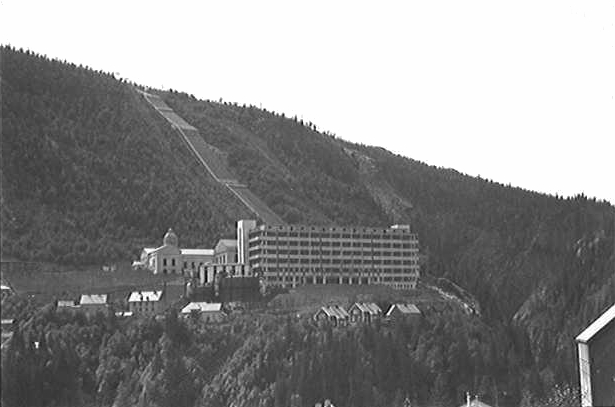


The Enigma machine, and the Ultra intelligence derived from it, would be the greatest coup of the war. It was secured by the Poles, who managed to supply British intelligence with a means of breaking the coding used by the Germans. One of the first intelligence triumphs occurred before the first shot was fired. In 1939, there can be little doubt that each of the major powers saw the value of intelligence in the war effort, yet none could have anticipated just how central it would become. By the end of the war, convinced of the value of intelligence, the US would proceed with the creation of the most costly and effective intelligence structure the world has ever seen. The exception was the United States, which had little in the way of an intelligence tradition and certainly had no effective intelligence community. Britain’s intelligence history stretched back to 1909, albeit with earlier roots the Soviet Union had a hugely sophisticated internal and external system the French had an established process while the Germans, Italians and Japanese had all spent years focusing on producing an efficient intelligence machine. Each had a history of espionage and a tradition of cunning in the secret world. The Second World War, unlike any other conflict before it, can be classed as an intelligence warĮach of the major powers at the outbreak of war – bar one – had significant intelligence structures in place. Their mission had been a success: the heavy water plant had been seriously damaged, though it would not be the last the Allies would hear of German atomic efforts. Despite the Germans flooding the area with thousands of extra soldiers in the ensuing days, the Norwegian saboteurs were able to escape. The sounds of shouting in German and of gunfire spurred them on and all managed to escape, skilfully vanishing into the shadows. Before they had got far, an explosion lit up the dark, impenetrable night sky. Desperate to ensure that they completed their mission, they reduced the timers from the original two minutes down to 30 seconds.

They broke into the plant and, evading capture, planted explosive charges. Unable to cross the single suspension bridge that led to the entrance, they were forced to clamber down a sheer rock face, cross an icy river, and then climb back up the other side. That evening, the team made its way to the plant. Surviving on just moss for days on end, they were fearful of capture and certain execution. Some time earlier, Norwegian saboteurs, assisted by British intelligence, had been dropped into the countryside and had skied through treacherous snowy paths.


 0 kommentar(er)
0 kommentar(er)
